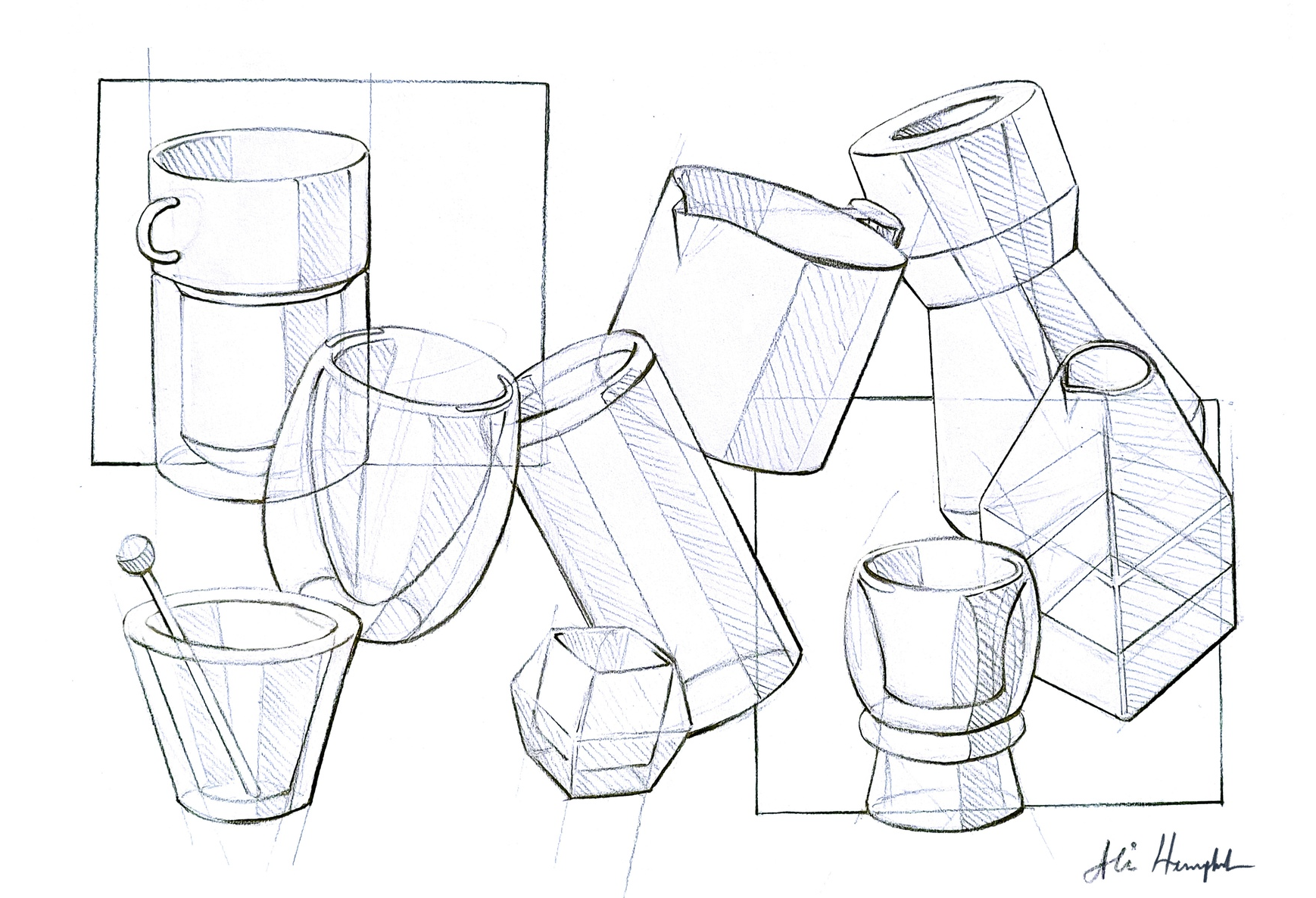Industrial Design: The Process
I have designed hundreds of products, so if you would like to review any of my skillsets, projects, processes, or product types more in-depth, please let me know and I’ll create a custom portfolio for discussion.
How to make a product.
It all begins with an idea. Maybe you want to launch a business. Maybe you want to turn a hobby into something more. Or maybe you have an opening in your R&D team to fill.
This is how I get it done.
Research
The first stage of design development is to understand who you’re designing for and why. I am trained in an array of primary and secondary research processes that inform project direction.
-
Research techniques such as user surveys, organic trend forecasting, and testing a product are methods I have extensive experience with and am able to run independently.
-
Research techniques such as data point aggregation, trend forecasting summaries, and user profile creation are methods I also have extensive research in.
Sketching
Once a target user’s paint points, needs, likes, desires, and user journey is understood through research, the second stage of product design commences. This is typically done in a 2D format, namely hand sketching and hand rendering. I am highly trained and experienced in these skills and prefer sketching by hand on paper, with indigo blue prismacolor, and then rendering digitally on programs like photoshop or procreate.
Digital Sculpting
3D digital models are then sculpted for still and animated renderings that help communicate physical form, CMF (color, material, finish) and product features. This is done with a suite of CAD(computer-aided design) programs that serve specific functions.
Soft Goods
Soft Goods Design is the design of plush toys, bags, wearable tech, and other products made from soft materials.
Prototypes
When the design team and stakeholders are settled on a design created during the sketching and rendering and 3D modelling stages of design ideation, and even overlapping these prior stages of ideation, 3D mockups are created. These mockups can be simple paper, tape, and glue forms, or they can be as advanced as a fully-functional working prototype that is 3D printed, sculpted, painted, and wired electronically with software and hardware.
Testing
When a product design is narrowed down and defined, testing occurs to verify findings of research and decisions made in development. Any issues are amended after the findings are analysed.
Engineering
When a final design is decided on, engineering models and drafts are created to document the specifications of the design.
I do not have a mechanical engineering portfolio, as those IP details are confidential for all clients
Pitching
Pitching a design is often the final stage of development, where the team shares the design and marketing strategy with investors and/or buyers.

Case Studies
The following are summaries of two case studies I created for R&D teams.
Please request access.
Case Study 1:
Product Line
Includes: Trend forecasting, user research, ideation, sketching, invention, industrial design, mechanical engineering, color material finish research, and marketing suggestions.
Case Study 2: Experiential Design
Includes: Trend forecasting, user research, ideation, invention, painting, industrial design, sculpting, color material finish research, UX design, AI renderings, digital rendering, illustration, graphic design, and marketing suggestions.






